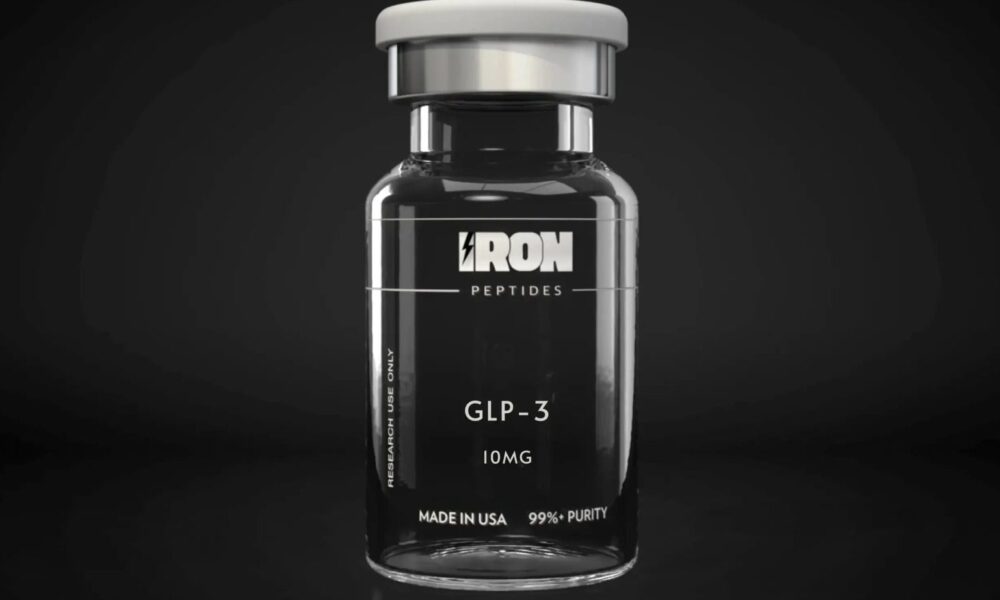Retatrutide: The Future of Weight Loss and Diabetes Care?

A new drug is on the horizon that could change how we approach weight management and metabolic diseases. Developed by Eli Lilly, Retatrutide is generating significant excitement for its potential to deliver results beyond what current medications can offer. This investigational treatment is not just another option; it represents a new class of therapy designed to tackle obesity, type 2 diabetes, and fatty liver disease with remarkable efficiency.
This article will explore what Retatrutide is, how it works, and why it stands out from other popular drugs. We will look at the clinical trial data, compare it to medications like Wegovy and Mounjaro, and discuss its potential impact on millions of lives.
What is Retatrutide?
Retatrutide is a next-generation injectable medication created to manage complex metabolic conditions. What sets it apart is its unique triple-agonist mechanism. It simultaneously targets three different hormone receptors in the body: GLP-1 (glucagon-like peptide-1), GIP (glucose-dependent insulinotropic polypeptide), and the glucagon receptor.
By activating all three pathways, Retatrutide offers a multi-faceted approach to improving metabolic health. This triple action is designed to be more powerful and comprehensive than existing treatments that target only one or two of these receptors.
Primary Uses of Retatrutide
Clinical trials are evaluating Retatrutide for several key conditions where its triple-action mechanism could provide significant benefits.
Obesity Management
Obesity is a complex chronic disease that increases the risk of numerous health problems. Retatrutide has shown extraordinary potential in this area. Clinical trial participants have achieved weight loss exceeding 20% of their total body weight, a figure that rivals the results of bariatric surgery. This level of effectiveness could make it a game-changing tool for individuals struggling to lose weight through diet and exercise alone.
Type 2 Diabetes
For people with type 2 diabetes, managing blood sugar is a daily challenge. Retatrutide helps regulate glucose levels effectively. It improves the body’s sensitivity to insulin and, by promoting significant weight loss, it addresses one of the primary drivers of the disease. This dual benefit of blood sugar control and weight reduction makes it a highly promising therapy.
Fatty Liver Disease (NAFLD)
Non-alcoholic fatty liver disease (NAFLD) is a condition where excess fat builds up in the liver, which can lead to inflammation and severe liver damage. Early research indicates that Retatrutide can reduce the amount of fat in the liver. By addressing this, it may help prevent the progression of NAFLD to more serious conditions like non-alcoholic steatohepatitis (NASH), cirrhosis, and liver failure.
What Makes Retatrutide Unique?
The market for weight loss medications has grown rapidly with drugs like Wegovy and Mounjaro. While effective, they operate on a different principle than Retatrutide.
- Wegovy (semaglutide) is a GLP-1 receptor agonist. It primarily works by suppressing appetite and slowing digestion.
- Mounjaro (tirzepatide) is a dual GLP-1 and GIP receptor agonist. It enhances the effects of Wegovy by also improving how the body processes sugar and fat.
- Retatrutide (Reta glp3) is a triple-agonist for GLP-1, GIP, and Glucagon receptors. The addition of glucagon activation is its key differentiator.
This third mechanism helps increase energy expenditure and encourages the body to burn more fat. By combining these three actions, Retatrutide offers a more holistic approach to metabolic correction.
How Retatrutide Works
Retatrutide mimics the effects of three natural hormones to reset the body’s metabolic processes. Here is a breakdown of how each component contributes:
- GLP-1 Activation: This reduces appetite by signaling a feeling of fullness to the brain. It also slows the rate at which the stomach empties, keeping you feeling full for longer.
- GIP Activation: This helps control blood sugar by enhancing the release of insulin after meals. It also plays a role in how the body metabolizes fat.
- Glucagon Activation: This is perhaps the most innovative aspect. While high glucagon levels can raise blood sugar, at the right therapeutic level and in combination with GLP-1 and GIP, it appears to increase energy expenditure and boost fat burning.
Together, these three actions work in synergy to reduce food intake, improve glucose control, and increase calorie consumption, leading to faster and more substantial weight loss.
Clinical Trial Results and Side Effects
The results from Retatrutide’s clinical trials have been impressive. In a Phase 2 trial, participants achieved an average weight loss of 17.5% in 24 weeks. This increased to an average of 24.2% after 48 weeks of treatment. These numbers are among the highest ever reported for a weight loss medication in a mid-stage trial.
Like other medications in this class, Retatrutide does have side effects. The most common ones reported were gastrointestinal issues, including:
- Nausea
- Diarrhea
- Vomiting
- Stomach discomfort
These side effects were generally described as mild to moderate and tended to decrease over time as the body adjusted to the medication. Importantly, no severe episodes of hypoglycemia (low blood sugar) were reported during the trials.
Availability and Storage
Retatrutide is still an investigational drug and has not yet been approved for public use. It is currently undergoing Phase 3 clinical trials, which are the final step before a manufacturer can apply for approval from regulatory bodies like the FDA in the US and the MHRA in the UK.
Based on typical timelines for drug development, Retatrutide is not expected to be available in the UK or elsewhere until 2026 or later. Once approved, it will be a prescription-only medication.
For storage, it is expected to require refrigeration between 2°C and 8°C (36°F and 46°F), similar to other injectable drugs like Mounjaro and Wegovy. It should be kept in its original packaging to protect it from light and should never be frozen.
Frequently Asked Questions
Here are answers to some common questions about Retatrutide.
How is Retatrutide administered?
It is a weekly injection administered subcutaneously (under the skin) using a pen injector. Common injection sites include the abdomen, thigh, or upper arm.
How is the dosage determined?
Patients will likely start on a low dose, which is gradually increased over several weeks or months. This “dose escalation” strategy helps the body acclimate to the medication and minimizes side effects.
Can you drink alcohol while taking Retatrutide?
The specific interactions between Retatrutide and alcohol are not yet fully understood. However, alcohol can affect blood sugar levels and may worsen gastrointestinal side effects like nausea. It is always best to consult a healthcare provider about alcohol consumption.
Is Retatrutide more effective than Ozempic or Wegovy?
Yes, it is expected to be more effective. Ozempic and Wegovy contain the same active ingredient, semaglutide, which is a GLP-1 agonist. Retatrutide’s triple-agonist mechanism appears to produce faster and more significant weight loss results based on current trial data.
The Final Outlook
Retatrutide stands on the cusp of becoming a transformative force in the treatment of obesity and type 2 diabetes. Its unique triple-hormone mechanism offers a level of efficacy that could set a new standard for metabolic medications. By delivering results that approach those of surgery but through a simple weekly injection, it has the potential to help millions achieve lasting health improvements.
While we wait for the completion of Phase 3 trials and regulatory approval, the medical community is watching with great anticipation. If its early promise holds, Retatrutide could soon become one of the most powerful tools available in the fight against these widespread chronic conditions.

Source: Retatrutide: The Future of Weight Loss and Diabetes Care?




